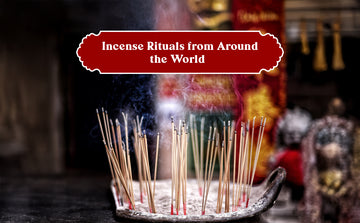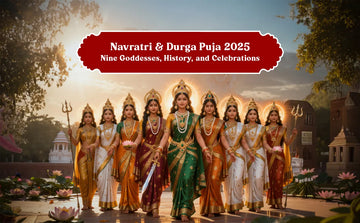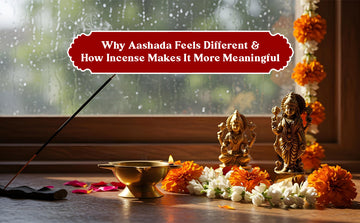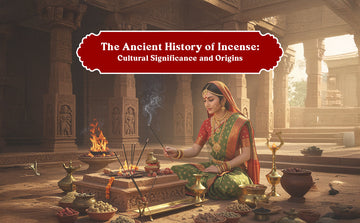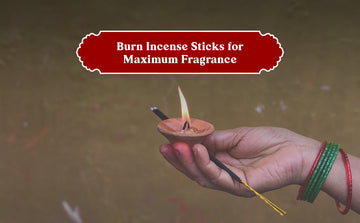Introduction
Incense has been used across cultures and centuries as a symbol of spirituality, purification, and connection to the divine. Its role transcends geographical boundaries, making it an integral part of ceremonies, rituals, and daily life in many societies. From temples in Asia to cathedrals in Europe, the burning of incense creates an atmosphere of sanctity and introspection.
This blog explores the fascinating ways incense is used in different parts of the world, its cultural significance, and the meaning behind the rituals that bring people closer to their beliefs and traditions.
India: A Spiritual Offering
India is synonymous with incense, known locally as agarbatti. It is deeply embedded in the religious and spiritual practices of Hindus, Buddhists, and Jains.
Hindu Rituals: Incense is a key element in puja (prayers), symbolizing the presence of the divine. It is often lit as an offering to deities, purifying the surroundings and connecting devotees to their gods.
Buddhist Practices: In Buddhist monasteries, incense is burned during meditation and prayer to create an aura of tranquility. The act of lighting incense is seen as an offering of mindfulness and respect.
Common Scents: Sandalwood, jasmine, lavender and camphor are popular choices, each carrying specific spiritual meanings like purification, devotion, and enlightenment.
China: Harmony and Prosperity
In China, incense is central to spiritual and cultural practices, often used in Taoist and Buddhist ceremonies.
Temple Rituals: Devotees light incense sticks as an offering to ancestors and deities, symbolizing respect and communication with the spiritual realm.
Feng Shui and Daily Life: Incense is also burned in homes to promote harmony, ward off negative energies, and invite prosperity.
Types of Incense: Spiral incense, which burns for hours, is commonly used during festivals and temple ceremonies.
Japan: A Refined Art Form
In Japan, incense, known as koh, is part of a sophisticated cultural practice called kōdō (the Way of Incense).
Kōdō Ceremony: Participants enjoy and interpret the subtle differences in fragrances during structured ceremonies, much like a tea ceremony.
Zen Buddhism: Incense plays a vital role in meditation, helping practitioners focus and maintain mindfulness.
Signature Scents: Japanese incense often features agarwood and aloeswood, prized for their deep, woody aromas.
Middle East: A Fragrant Tradition
The Middle East has a rich history of incense usage, with frankincense and myrrh holding special significance.
Religious Ceremonies: Incense is integral to Christian, Jewish, and Islamic traditions. Frankincense is often burned in churches, symbolizing prayers rising to heaven.
Cultural Practices: In homes, incense burners known as mabkhara are used to perfume clothes, rooms, and guests, symbolizing hospitality and warmth.
Popular Incense: Oud, a resinous wood, is a favorite in the region, known for its luxurious and long lasting fragrance.
Africa: Ancestral Connections
In many African cultures, incense is burned to honor ancestors and seek their blessings.
Healing and Protection: Certain tribes use incense during healing rituals and to ward off evil spirits.
Scents with Meaning: Resins like copal and frankincense are common, symbolizing purification and spiritual connection.
Europe: Sacred Spaces
Incense has a long history in Europe, particularly within Christian traditions.
Church Rituals: During Mass, incense is burned in censers and swung through the air, representing the prayers of the congregation.
Medieval Times: Incense was also used to purify spaces, particularly during outbreaks of plague.
Modern Uses: A Global Phenomenon
Today, incense is not confined to its traditional roles. People worldwide use it to enhance mindfulness, meditate, and create serene spaces.
Yoga and Meditation: Incense like sandalwood and lavender is a staple in modern wellness practices.
Aromatherapy: Incense is a popular choice for stress relief and mental clarity in spa treatments and homes.
The Universality of Incense
Despite the diversity in practices, one common thread unites all these rituals: incense is a tool for connection. Whether it’s a connection to the divine, ancestors, or oneself, the act of lighting incense bridges the tangible and intangible, grounding us in the present while opening a door to the eternal.
